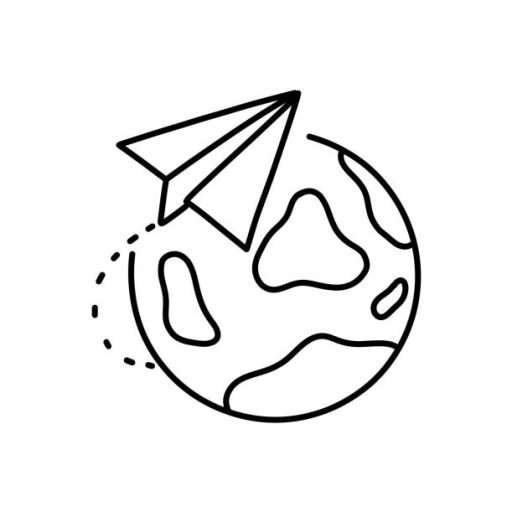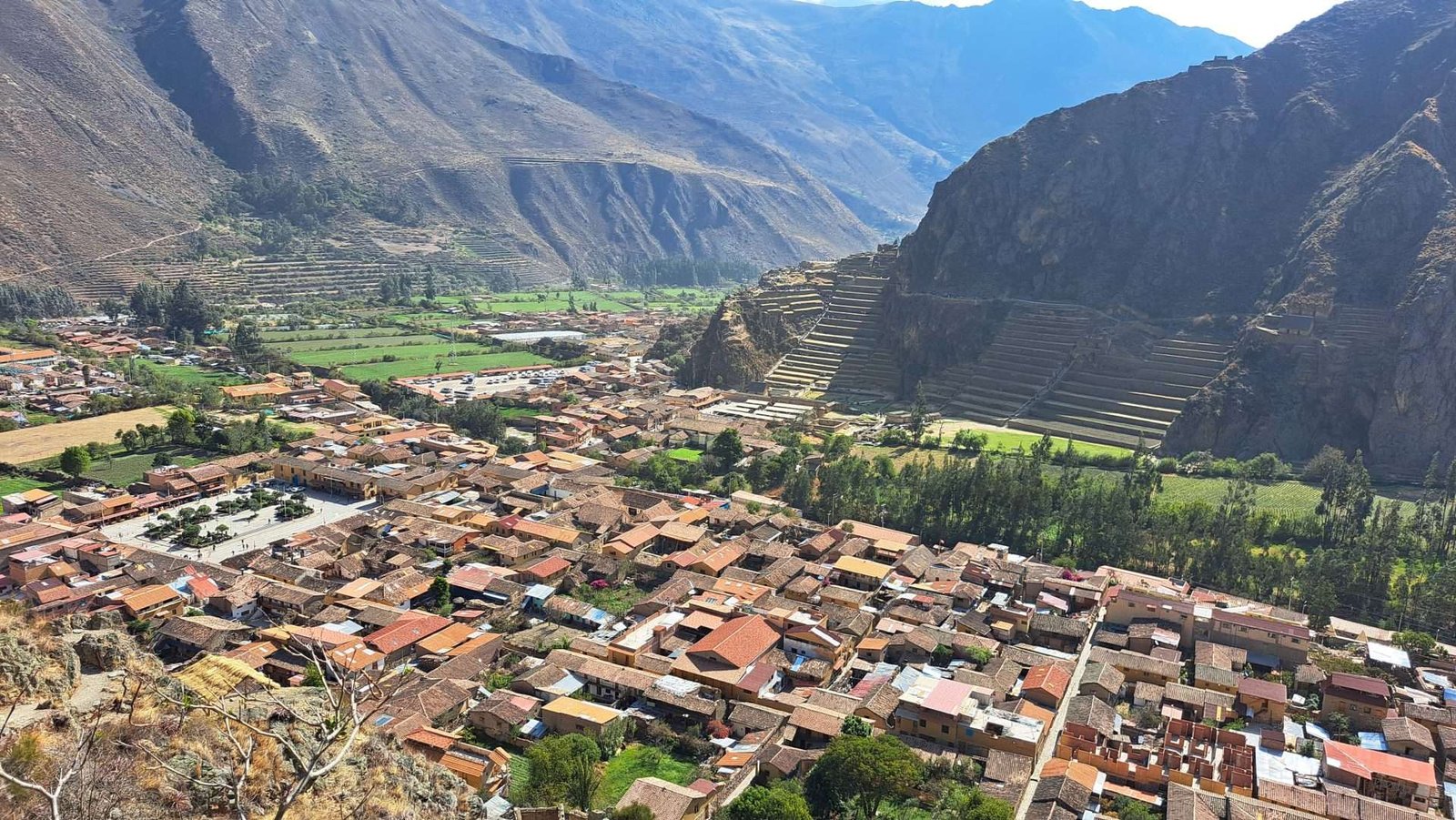Exploring the Enchanting Wonders of Peru’s Sacred Valley
The Sacred Valley of the Incas, or Valle Sagrado, is an absolutely stunning destination that you must visit. Nestled in the breathtaking Andes Mountains, this mystical region offers a rich tapestry of experiences that blend the legacy of the Inca civilization with the vibrancy of modern Peruvian life. Stretching from Pisac to Ollantaytambo, this valley … Read more










